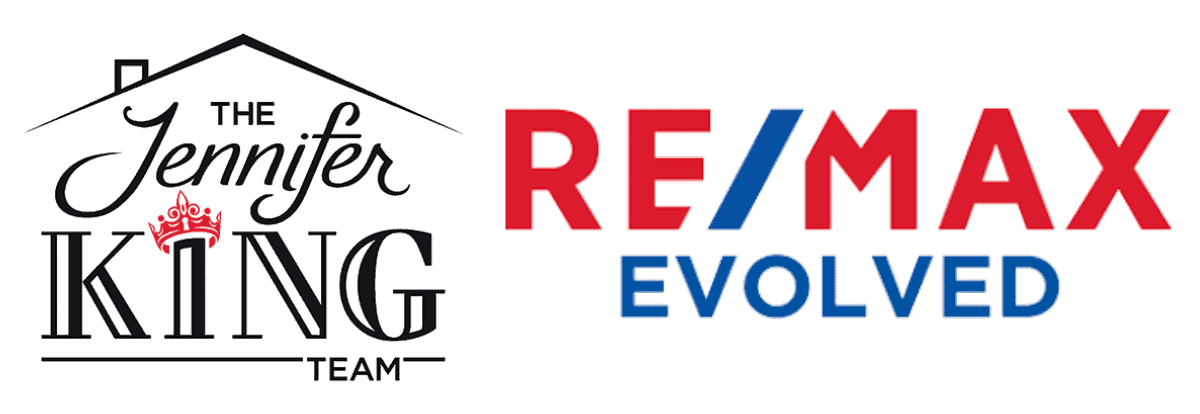![]() Assuming a mortgage is the act of taking over someone else’s mortgage debt, along with the home. Typically this is the general outline for this type of sale:
Assuming a mortgage is the act of taking over someone else’s mortgage debt, along with the home. Typically this is the general outline for this type of sale:
- The buyer makes an offer. Negotiations ensue.
- The seller accepts the offer.
- Instead of paying the offer price in cash or via mortgage financing, the buyer pays only the amount of the seller’s equity and then assumes the liability for paying off the former seller’s mortgage loan. (The seller’s equity is the difference between the offer price and the amount left to pay/balance of the seller’s mortgage.) For a buyer, assuming a mortgage may have some advantages. For the purpose of the mortgage loan, the buyer effectively becomes the borrower.
- The buyer inherits the seller’s repayment terms, including the interest rate and mortgage conditions. If the note rate on the current loan is lower than the prevailing market rate, the buyer gets a great deal on interest. Additionally, the buyer doesn’t have to pay points for a lower rate, appraisal fees, or numerous other closing costs! A seller who can advertise their home with these benefits can often generate great interest from buyers! In theory, mortgage assumption is a win-win for both parties. As is true with many things in real estate, mortgage assumption doesn’t always work in reality as it works on paper.
Today, few sellers can transfer their mortgages. Here’s why:
The “Non-Assumable” Clause
A mortgage is inherently assumable unless the loan documents specify that it isn’t. Today, almost all conventional mortgages block mortgage assumption. The reason is simple. If a mortgage is assumable, a credit-worthy borrower could transfer his mortgage to a less-than-stellar buyer. The risk of default often increases dramatically, and the lender could lose money on the loan. To protect their interests, lenders frequently insert a “non-assumable” clause into their loan documents. If your mortgage contains this clause, you cannot transfer your mortgage to a buyer without the lender’s consent.
The “Due-on-Sale” Clause
A mortgage that does not contain the “non-assumable” clause may still block mortgage assumption. A “due-on-sale” clause makes the entire mortgage amount due in full as soon as the borrower transfers the property to someone else. If you transfer the loan, you will need to pay in full – or you are likely to face serious legal and/or financial consequences. Due-on-sale clauses became popular in the 1970’s, when interest rates spiked. The high interest rates caused many homeowners to assume existing loans – rather than borrowing new money from lenders at high/peak rates. Today, most mortgages contain a due-on-sale clause, including many government-backed loans from the Federal Housing Administration (FHA) and Veteran Affairs Department (VA). Due-on-sale clauses can be complex. They are complex because they are discretionary. The lender has the option of calling the loan to be paid, but it does not necessarily force early repayment. Some sellers and buyers tempt fate. They decide that the rewards of assuming a mortgage, specifically lower repayments and low to no closing costs, are greater than the risk of the lender calling the loan due in full. In an economy characterized by stable interest rates, this is a fair argument. Banks are unlikely to call due a performing loan if the note rate is within a few points of the market rate. But if interest rates rise dramatically, lenders will likely have a greater incentive to enforce a due-on-sale clause.
Assuming a Mortgage With the Lender’s Consent
Sellers may choose to seek the lender’s permission to transfer their mortgage to a buyer. Many lenders will consider the request. Some lenders may provide a mortgage assumption package that details the process to obtain the lender’s permission. Generally speaking, the buyer will have to be able to qualify for the loan. The lender will analyze the buyer’s credit report, debt load, salary, and expenses, and will likely call for the buyer’s tax returns, employment verification, and additional paperwork before deciding whether or not the buyer(s) qualify. Buyers assuming an FHA loan may find the qualification process easier than those assuming a conventional loan. FHA underwriting criteria are often more lenient. The underwriting process and requirements are dictated by the lender. If you are contemplating utilizing a mortgage assumption with your buyer, the only certain way to proceed is with the lender’s consent.
Concealing a mortgage transfer in violation of a due-on-sale clause could make you liable for civil penalties. Equally as important, the original borrower typically remains liable for the loan payments unless the lender specifically releases the seller(s) from the loan. Without a legal release, the seller could be called upon to correct the buyer’s default. Late payments and foreclosures would then appear as blemishes on the seller’s credit report, not the buyer’s.
Ready to sell &/or buy? Call 717-723-9080 to consult with
The Jennifer King Team!
Other people also read:
A Seller’s Guide To Negotiations & Counter-Offers
Avoid These Emotional Mistakes When Selling A House
What Are The Closing Costs For A Seller In PA?


